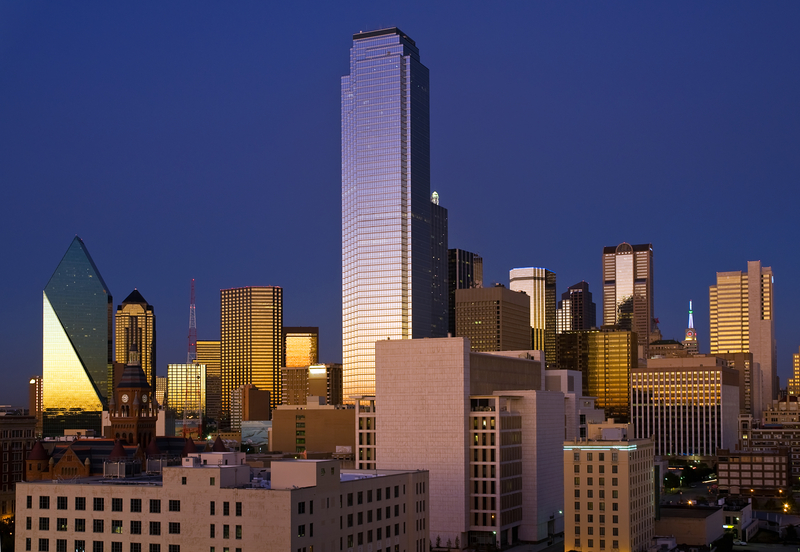Fort Worth, established in the late 1800′s as a cattle hub along the legendary Chisholm Trail, has blossomed into the sixteenth largest city in the United States. Still refereed to as a “cowtown,” Fort Worth is now considered as the cultural gateway to the American West. Located in central Texas, this bustling city proudly displays its roots through traditional architecture, museums, and activities centered around its Western heritage.
While Forth Worth’s city center features many Art Deco style buildings, in 1981, all the structures around Sundance Square were painstakingly restored to their original turn of the century condition. Named after the folkloric Sundance Kid, this vibrant metroplex of art galleries, restaurants, hotels, and entertainment spots. Thousands travel to this area in order to get a taste of the Old West. Some of the hot spots include Billy Miner’s Saloon and the Woolworth’s Building.
 Nowhere can Forth Worth’s devotion to its heritage be seen more than in the city’s Cultural District. Here, five museums, all set in a park-like setting of beautiful gardens and green spaces, offer visitors the opportunity to explore world-class exhibitions and collections. Considered the “museum capital of the Southwest,” many of Ft. Worth’s museums are dedicated to the city’s Western Heritage. Just two of the many examples of such institutes that exemplify the spirit of Forth Worth are The National Cowgirl Museum, dedicated to celebrating the courageous women that helped shape the American West; and Texas Cowboy Museum, which is dedicated to the understanding of the West’s multi-cultural heritage.
Nowhere can Forth Worth’s devotion to its heritage be seen more than in the city’s Cultural District. Here, five museums, all set in a park-like setting of beautiful gardens and green spaces, offer visitors the opportunity to explore world-class exhibitions and collections. Considered the “museum capital of the Southwest,” many of Ft. Worth’s museums are dedicated to the city’s Western Heritage. Just two of the many examples of such institutes that exemplify the spirit of Forth Worth are The National Cowgirl Museum, dedicated to celebrating the courageous women that helped shape the American West; and Texas Cowboy Museum, which is dedicated to the understanding of the West’s multi-cultural heritage.
From the introduction of the first railroad in 1876, Forth Worth began to prosper from a sleepy “cow-town” into a thriving business center. The best place to catch a glimpse of this significant time in Fort Worth’s history is at The Fort Worth Stockyard District. The Stockyards, listed on the National Historic Registry, celebrates the city’s heritage in the cattle industry. The area retains its Western motif, and features a stockyard museum, local cattle sales, rodeos, and a cattle drive re-enactment. The area also offers a variety of shopping and dining venues.
While Fort Worth’s past economic well-being depended on the cattle industry, today Fort Worth boasts a thriving oil and natural gas industry. The city itself contains over 1000 natural gas wells which can be found in the surrounding countryside as well as in residential areas. Along with the oil and gas industry, Fort Worth is a diverse manufacturing center. Some of the major employers in the area are Lockheed Martin Tactical Aircraft Systems, Bell Helicopter, Radio Shack Corporation, Burlington Northern, and American Airlines.
It’s easy to see why Fort Worth is one of the fastest growing city’s in Texas. With a moderate subtropical climate and average temperatures in the mid-seventies, the city is a pleasant place to live. Adding to its desirability, is an abundance of entertainment venues, proximity to professional sport teams such as the Texas Cowboys and the Texas Rangers, and plenty of family-friendly activities such as the renowned Fort Worth Zoo. Overall, Fort Worth is a city that offers something for everyone. It’s truly one of Texas’s finest stars!






